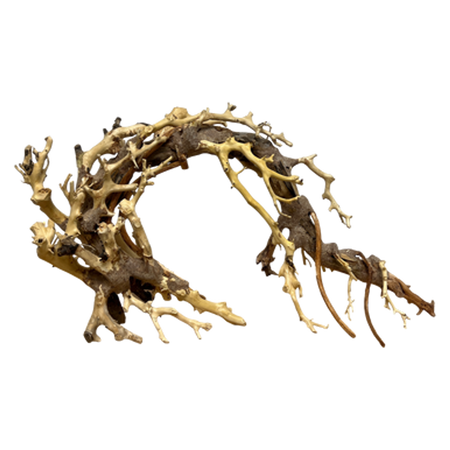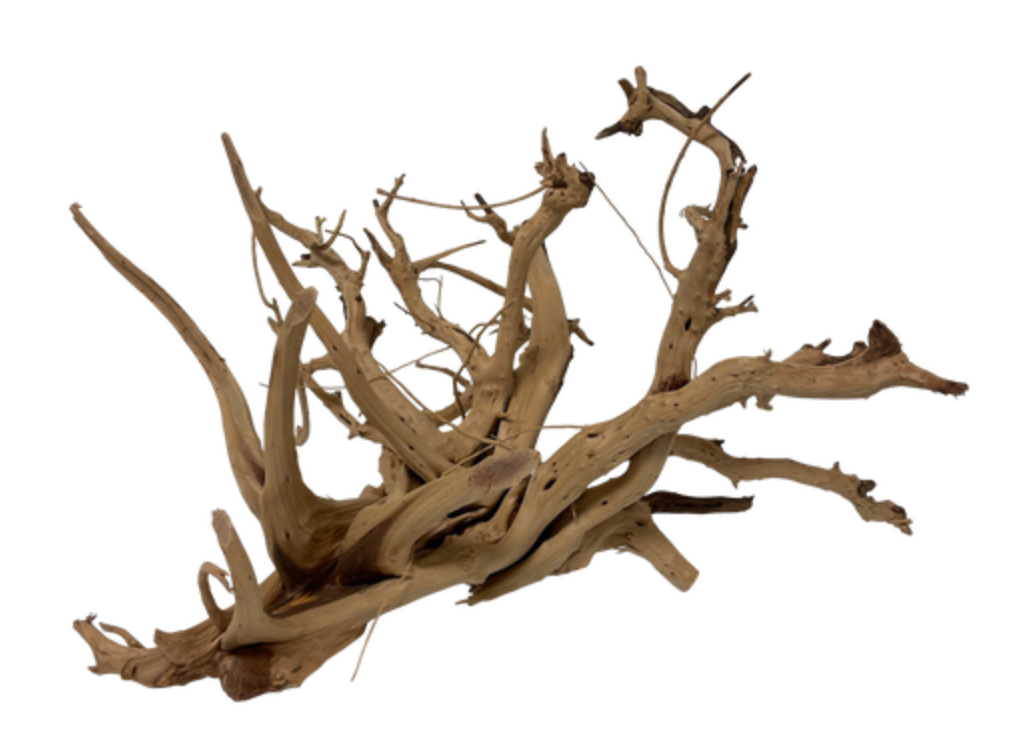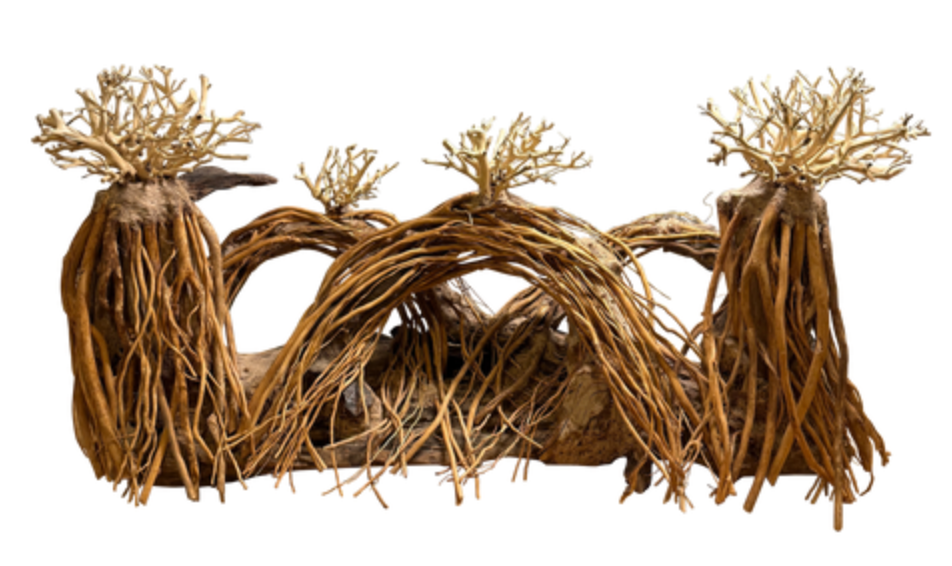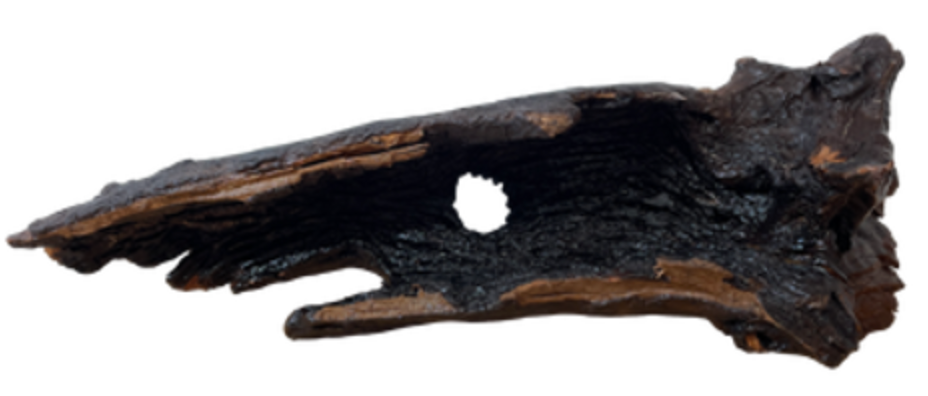How to Prepare Driftwood For An Aquarium: Your Step-By-Step Guide
Posted by Artur M. Wlazlo on 25 Sep 2025
Key Takeaways
- Preparing driftwood to add to your tank is an essential safety practice that also depends on the type and source of your driftwood.
- If you collect driftwood on your own, your preparation methods will be a lot more involved, including boiling, curing, and soaking.
- Learn more about the rules for how to prepare driftwood for your aquarium and a few of the most common mistakes to avoid.
Cleaning Driftwood For Aquariums
Driftwood is a great choice for aquascaping your tank for several reasons. The right driftwood can create a stunning aquascape, provide enrichment for your fish, and create a healthy environment for beneficial bacteria that protect your tank. If you’re considering adding aquarium driftwood to your tank, read this guide from Modern Aquarium to learn more about how to properly prepare it for your aquarium.
Types of Driftwood
How you prepare driftwood for your aquarium depends on the type of driftwood you have. If you collected specimens from nature on your own, you’ll have to do a lot more prep than if you bought them from a reliable retailer. Here are a few of the most popular driftwood types you might find in a store!
- Tiger Wood: This type of driftwood features a unique root structure, making it the perfect choice for an aquarium centerpiece. The light color and spindly structures will stand out amongst your live plants and fish.
- Spider Wood: Wild and unpredictable, spider driftwood comes in a wide range of shapes and sizes. Find small pieces for foreground development, as well as large pieces for your background!
- Stump Wood: Modern Aquarium recommends this type of driftwood for anyone who wants to recreate the look and feel of a stump in their aquarium. You can expect solid, round pieces with unique ridges and cracks.
You can also find your own driftwood in the wild if you want a highly personal aquarium design. However, we recommend you follow the specialized instructions for how to prepare driftwood for your aquarium.
Natural Driftwood Preparation
Before you even start cleaning driftwood for aquariums, natural driftwood must be inspected to ensure it’s a safe choice for your tank. Here are all the things you should be looking out for in natural driftwood finds before you start preparing for tank installation.
- Weird Smells: If the wood smells like it’s rotting or has any strong chemical scent, don’t put it in your aquarium. Strong smells often signal pesticide use or other issues that could damage your tank inhabitants.
- Color Changes: If you notice any changes in color along the length of the driftwood, this may indicate areas that are rotted. You may also notice soft spots in the wood, which could be due to insect damage or decomposition. Understanding these signs is an important part of learning how to prepare driftwood for your aquarium safely.
- Insects: Insect activity, like soft spots in the wood, bulging areas, or sections that look like they’ve been chewed away, could indicate that your wood has been infiltrated by pests. Skip adding these pieces to your aquarium.
If your wood shows any of these signs, cleaning driftwood for aquariums may help make it safe to place in your tank. Get rid of any wood that has an odd scent, unusual color changes, or evidence of current insect activity.
Driftwood Preparation
If you’ve bought your decor from a reliable source, like Modern Aquarium, it’s time to learn how to prepare driftwood for your aquarium. Follow these steps to ensure the safest results for your tank!
1) Wash & Soak
Wash your driftwood under tap water to remove any dust and debris. Submerge in water (aquarium or other container) for 24 to 48 hours to ensure it becomes waterlogged.
2) Monitor
Check your driftwood periodically to ensure that the water doesn’t need to be changed due to tannin saturation.
3) Submerge
Once the wood is completely waterlogged, it should easily sink into your tank for simple decorative placement.
4) Monitor Again
Tannins can lower the pH levels of your water, so it's essential to test it to ensure everything is balanced for your fish's needs.
If you’re using wood that you sourced yourself, you’ll need to do a bit more in-depth preparation. Wondering how to prepare driftwood for your aquarium in this scenario? Follow these steps!
1) Rinse
Place your driftwood under running water to remove any dirt or debris. You can use a soft brush to remove debris from between the cracks.
2) Soak
You’ll need to fully submerge any driftwood pieces in water for up to 48 hours, weighting it down if necessary. This helps remove any leftover contaminants.
3) Boil
Boiling your driftwood in a pot of water for up to two hours will sterilize it, eliminating any harmful parasites and bacteria.
4) Cool & Dry
Rinse your driftwood in cold water to remove any built-up residue during boiling and cool it. Set it out to dry to prevent any mold growth.
Now you can follow the steps on how to prepare driftwood for your aquarium, ensuring that store-bought pieces are safe and ready for your tank.
Buy Driftwood Here!
Preparing driftwood for your aquarium is much easier with store-bought wood because Modern Aquarium does all the hard work for you! We inspect each piece and do the initial prep to make your life easier. Shop our collection now to find stunning driftwood for your tank!



